The €49 monthly travel card will enable travellers to explore Germany via its regional trains for a fraction of the usual price and you may be amazed how far you can go with a regional train.
Here are our top nine destinations which you can reach with the travel card on a day trip from Berlin (though there are many, many more!). Keep in mind that you can’t use long-distance services (like the ICE) with the ticket.
READ ALSO: Reader Question: Can I still get Germany’s €49 travel ticket for May?
Wittenberg (Lutherstadt)
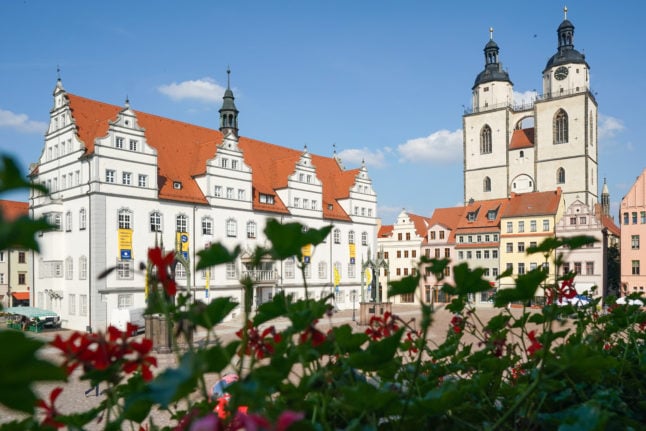
Take the regional RE3 train from Berlin Central Station and, in less than an hour and a half, you’ll find yourself in the world-famous city of Wittenberg in Saxony-Anhalt.
The so-called Lutherstadt was the home of reformist priest Martin Luther for over 40 years and is home to the Stadtkirche where legend has it, he posted his 95 theses in 1517.
The city has many very well-preserved historical landmarks, including the Luther House and the Castle Church, which are both UNESCO World Heritage Sites.
The city is also full of medieval alleyways and open streams, making it a perfect destination to explore on a summer’s day.
Stralsund
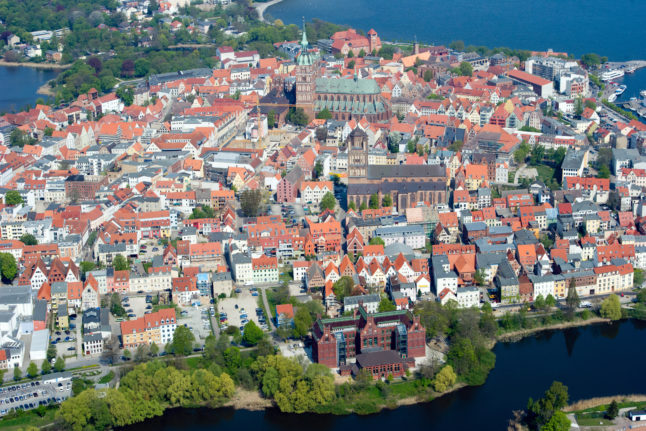
Amazingly, the €49 monthly ticket will even get you all the way to Stralsund on Germany’s northern coast. If you take the RE3 from Berlin Central Station in the morning, you will get there in just over three hours and have time to explore the city in a day before hopping on the same train back in the evening.
The Hanseatic city on the Baltic coast is full of treasures, including its UNESCO World Heritage Old Town, the 17th century St. Mary’s Church, and its futuristic Ozeaneum Natural History Museum.
Cottbus
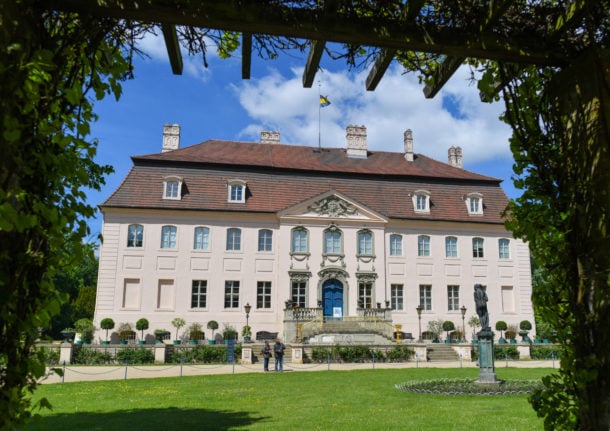
From Berlin Ostkreuz you can take the RE2 and in just over an hour you’ll be in the eastern city of Cottbus.
With a historic old town, medieval city walls, towers, and gates, the second-largest city in Brandenburg is a perfect destination for a summer day trip.
A particular highlight is the Baroque Branitz Palace, built in the 18th century and nestled in the grounds of the English-style Branitzer park.
Beelitz-Heilstätten
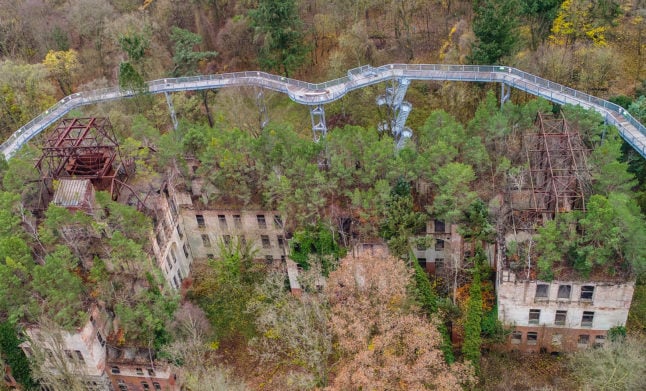
For an alternative kind of day trip, take the RE7 in the direction of Dessau and get off at the station Beelitz – Heilstätten. After a five-minute walk, you will reach the entrance to a unique tourist attraction.
The old sanatorium in Beelitz-Heilstätten consists of 60 listed buildings that were abandoned for years. Now, the area has been adapted for tourism and, as well as being able to wander around the spooky buildings, visitors can take a 320-meter-long treetop path 20 metres above the forest floor.
Amid the unusual architecture and decay of the sanatoriums, you may recognise some locations of famous films, including The Pianist and Operation Valkyrie.
READ ALSO: Weekend Wanderlust: How to travel the world without leaving Germany
Waren (Müritz)

Taking the RE5 from Berlin central station, you will arrive at the city of Waren (Müritz) in the heart of the Mecklenburg-Western Pomerania lake district in an hour and forty-five minutes.
In the historic town centre, there are plenty of restaurants, cafes and bars, and several shopping streets, and the harbour offers lovely views over the water in the summer.
The city’s Müritzeum is also worth a visit, as it features the largest freshwater aquarium for native fish in Germany, as well as an interactive, multimedia exhibition on the nature of the Müritz region.
The city is on the doorstep of the Müritz National Park (a UNESCO World Heritage Site), which, with its 1,117 interconnected lakes, is the largest water sports area in Europe.
READ ALSO: Germany’s favourite spots for a short staycation
Chorin Monastery
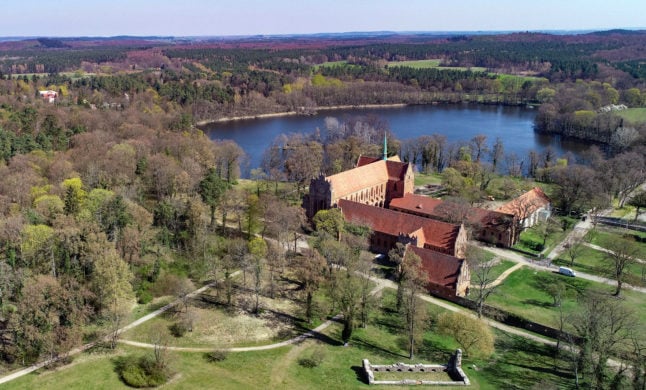
In the middle of the Schorfheide-Chorin Reserve north of Eberswalde, lies the historic Chorin Monastery, an old Cistercian monastery. The architecture is amazing and the fantastic surroundings full of lakes and forests make it a popular destination for a day trip from Berlin. It also hosts regular cultural events, such as theatre performances or concerts.
You’ll need just under an hour and a half to get there, taking the RB24 from Berlin Lichtenberg, followed by the RB63 from Eberswalde Hauptbahnhof, and then the 912 bus from Britz.
Pfaueninsel (Peacock Island)

From Berlin Central Station, take the RE1 and a short bus ride to Pfaueninsel and, in just over half an hour, you’ll find yourself on the fairytale Peacock Island. The island, which is about 1.5 kilometres long and half a kilometre wide, gets its name from its free-ranging peacocks on the island.
The island’s castle was built from 1794 to 1797 and was the former summer residence of the German royal family.
Lübbenau Spreewald

The Spreewald in southeastern Brandenburg is a classic destination for excursions from Berlin. The RE2 from Ostkreuz station will get you to the town of Lübbenau in just under an hour.
The dense green region is a cultural historic landscape and is full of forks of the Spree River which can be explored by canoe. Don’t forget to try the original Spreewald gherkins while you’re there!
Buckow
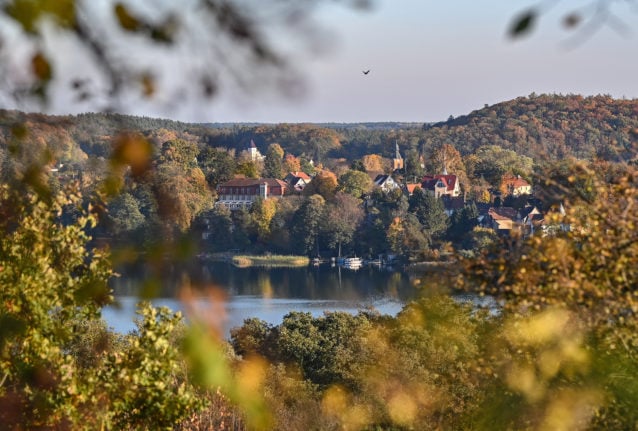
Surrounded by deep valleys, gorges and turquoise lakes is the town of Buckow in the Märkische Schweiz Nature Park.
The lakes are very inviting, especially in the summer, but there are plenty of cultural and sporting activities on offer too. Also worth a visit is the summer house of playwright Bertolt Brecht.
You’ll need just over an hour to get there, taking the RB26 from Berlin Lichtenberg, followed by the 928 bus from Müncheberg.
Don’t forget: The €49 travel card is only valid on regional trains, so make sure you stick to those with an RE or RB prefix!


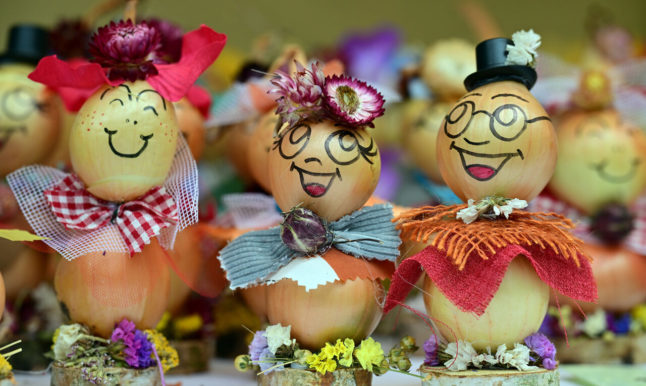

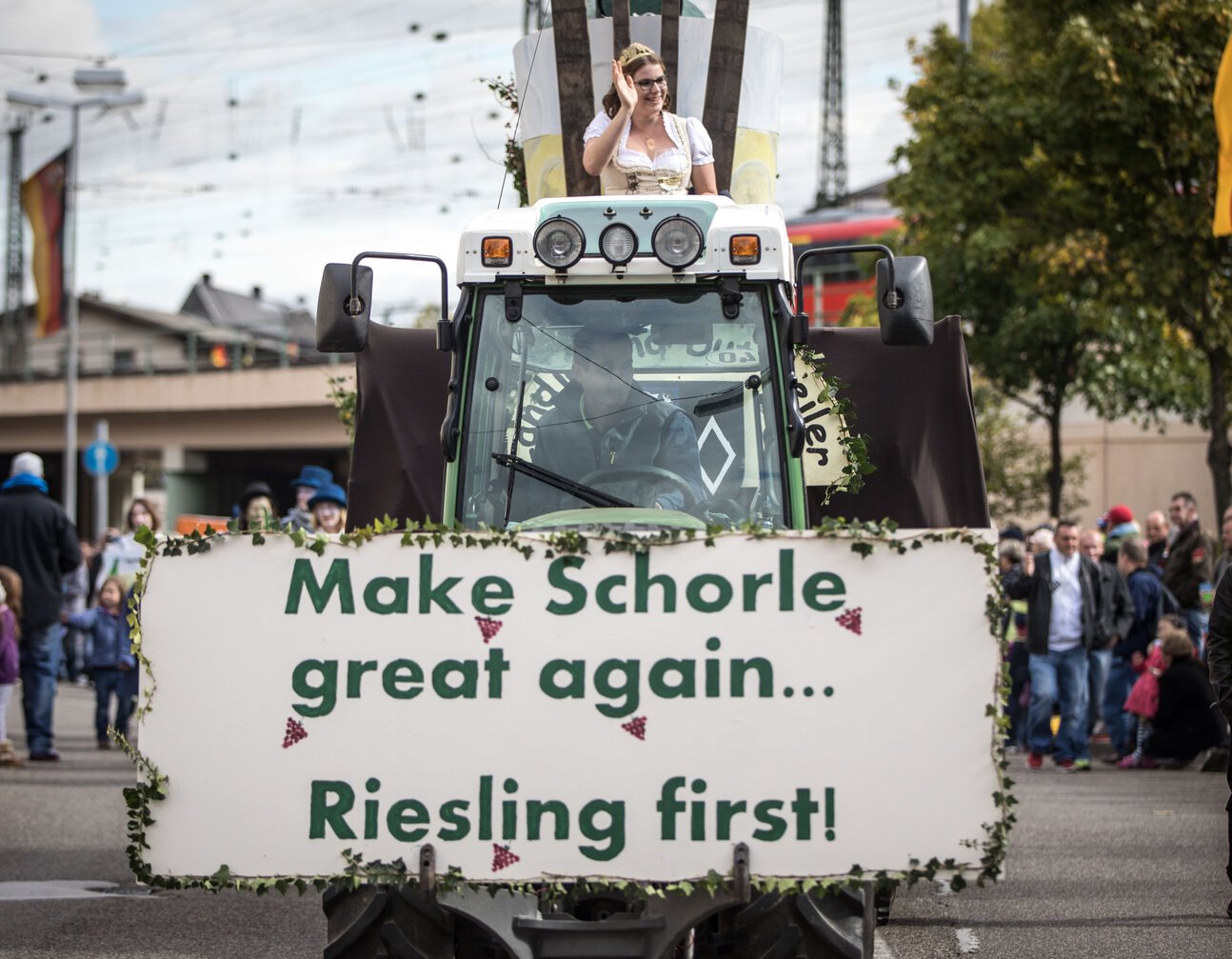

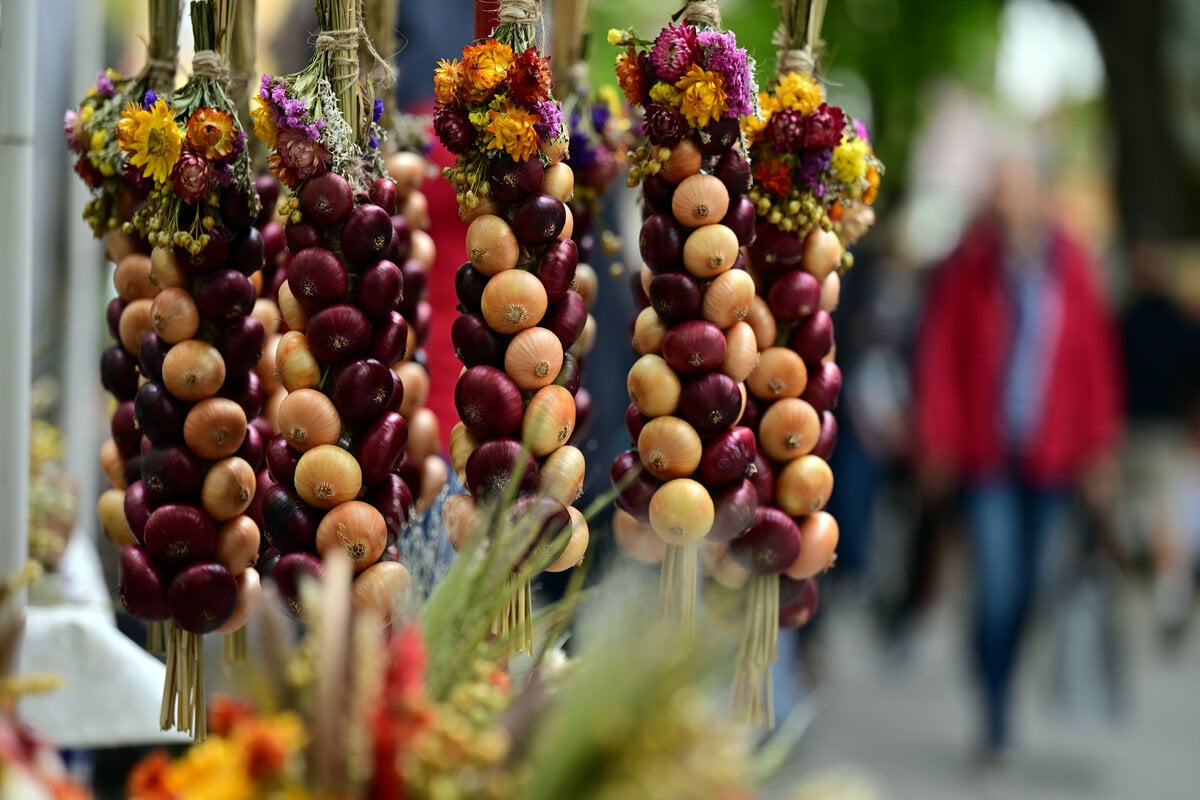
 Please whitelist us to continue reading.
Please whitelist us to continue reading.
Member comments